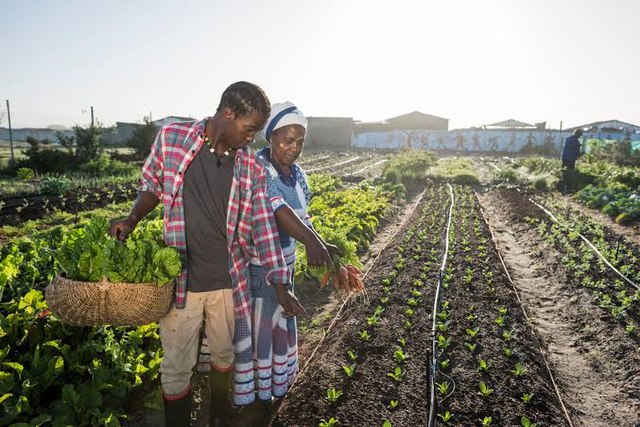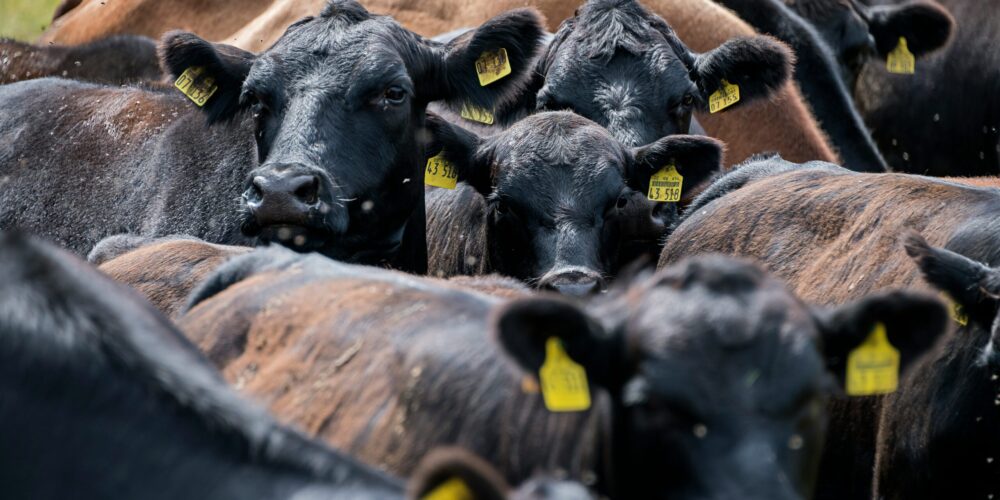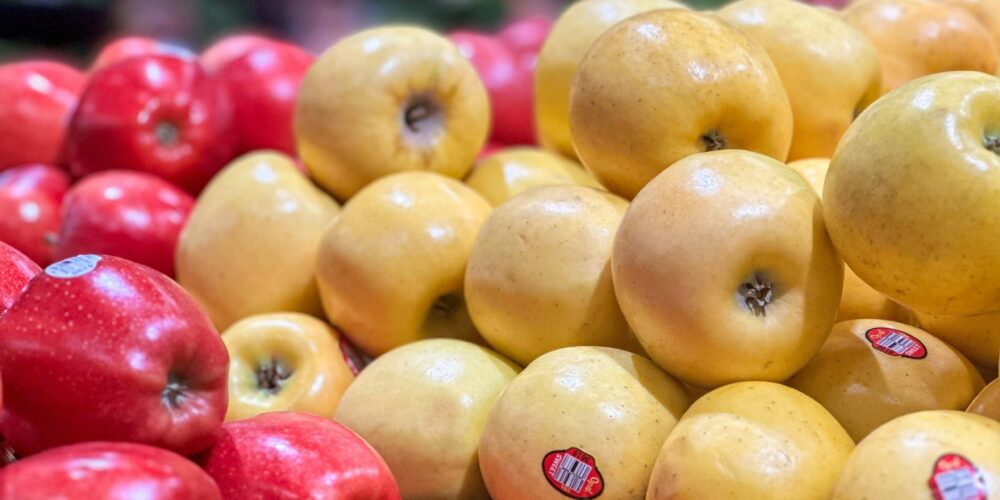Recent developments in Namibia have garnered attention, with several local articles…

Unlocking Africa’s Agricultural Potential: The Imperative for Improved Market Access
Improved Market Access
The adoption of the Comprehensive Africa Agriculture Development Programme (CAADP) Strategy and Action Plan for 2026–2035 marks a significant milestone for Africa’s agricultural sector. With ambitious goals like increasing agrifood output by 45%, reducing post-harvest losses by 50%, and tripling intra-African trade in agrifood products, the strategy underscores the continent’s commitment to transforming agriculture into a driver of economic growth and food security. Central to achieving these objectives is improved market access – a cornerstone for unlocking Africa’s vast agricultural potential.
The Market Access Challenge
Despite being home to 60% of the world’s arable land, Africa’s agricultural sector is often stymied by systemic barriers that limit market access for farmers and agribusinesses. Inefficient transportation networks, high trade tariffs, inconsistent regulatory frameworks, and limited storage facilities hinder the movement of goods from farms to markets. This not only results in significant post-harvest losses but also restricts farmers from reaching lucrative regional and international markets.
Moreover, smallholder farmers, who account for the bulk of agricultural production in Africa, often lack the financial and technical resources to participate in larger value chains. For women and youth—key drivers of agricultural innovation—these barriers are even more pronounced, further entrenching inequalities in market participation.
How the CAADP Strategy Addresses Market Access
The CAADP Strategy and Action Plan for 2026–2035 offers a comprehensive framework to address these challenges. It prioritizes the following key areas:
Infrastructure Development: The strategy emphasizes improving rural infrastructure, including roads, storage facilities, and market centers. Better infrastructure reduces post-harvest losses and ensures efficient transportation of goods to markets.
Policy Harmonization: By advocating for the reduction of trade barriers, harmonization of standards, and streamlined regulatory frameworks, the CAADP aims to create a more conducive environment for intra-African trade and cross-border market access.
Strengthening Value Chains: The strategy supports the integration of smallholder farmers into larger value chains, ensuring they can compete effectively in both regional and international markets. This includes investments in technology and capacity building to enhance productivity and quality.
Promoting Inclusivity: Special focus is given to empowering women and youth by ensuring their participation in agribusiness value chains. The CAADP recognizes the critical role these groups play in driving innovation and ensuring sustainability in agriculture.
Leveraging AfCFTA: The African Continental Free Trade Area (AfCFTA) is a cornerstone of the CAADP’s vision, enabling a single market for goods and services across the continent. This facilitates the movement of agricultural products, creating larger and more integrated markets for African farmers.
The Role of Collaborative Platforms
While the CAADP provides the strategic framework, implementing its goals requires collaboration among governments, private sector players, and development agencies. Events like Market Access Africa 2025 complement the CAADP by providing a platform to align efforts, share best practices, and build partnerships that turn strategy into action.
As reported by Farmers Weekly (2025), the CAADP’s success depends on initiatives that address systemic issues such as infrastructure deficits and policy misalignments. The publication highlights that “complementary efforts are needed to support smallholder farmers and ensure they benefit from improved market dynamics.”
Ben Leyka, CEO of the African Agri Council, highlights the synergy between the CAADP and collaborative platforms: “The CAADP outlines a bold vision for Africa’s agricultural future. Platforms like Market Access Africa 2025 are crucial in operationalizing this vision, bringing stakeholders together to address barriers and unlock the continent’s agricultural potential.”
A Call to Action
The CAADP Strategy and Action Plan for 2026–2035 represents a transformative opportunity for Africa to achieve its agricultural and economic goals. However, its success hinges on the commitment of all stakeholders to improve market access, reduce barriers, and foster inclusive growth. Policymakers must act swiftly to implement reforms, while the private sector and development agencies must collaborate to invest in infrastructure and value chain development.
By prioritizing market access, Africa can unlock its agricultural potential, create resilient food systems, and drive economic prosperity. The time to act is now.
Market Access Africa: A Crucial Platform for Progress
Market Access Africa 2025 serves as a vital catalyst in addressing the challenges outlined in the CAADP strategy. By gathering over 2,200 participants, including policymakers, investors, agribusiness leaders, and development agencies, the event fosters collaboration and innovation. It provides actionable insights and practical solutions to improve market access, from reducing logistical bottlenecks to enhancing value chain integration. This platform not only supports the goals of the CAADP but also creates tangible opportunities for stakeholders to drive Africa’s agricultural transformation forward.


